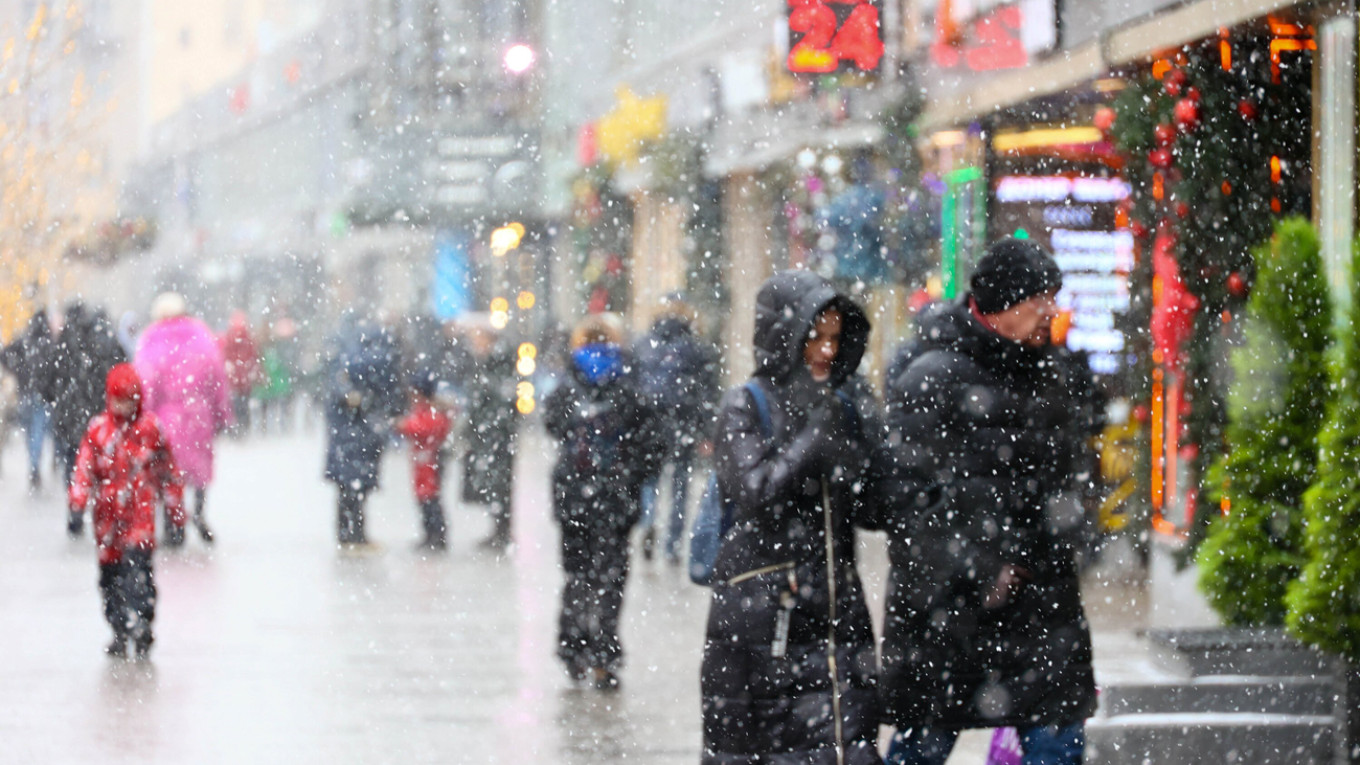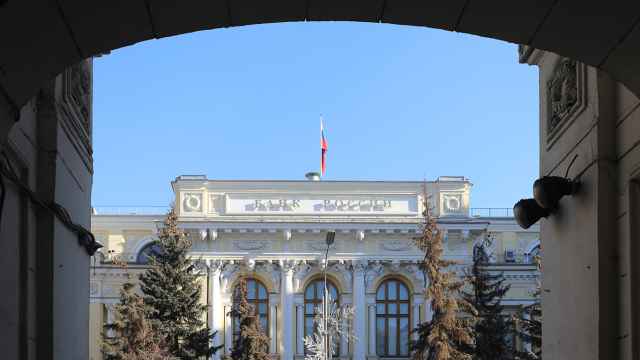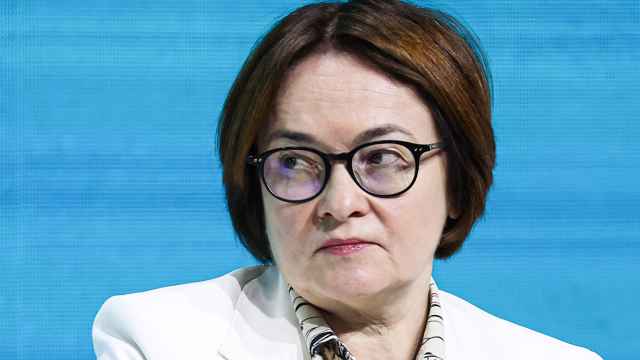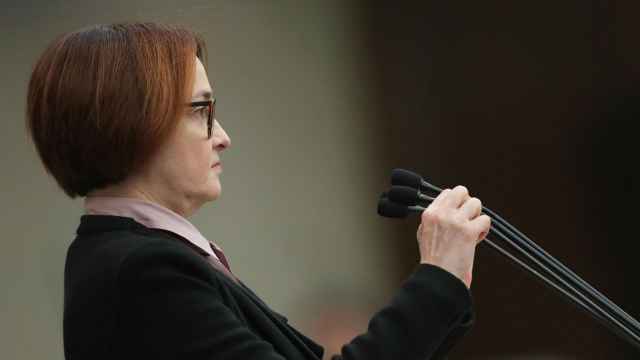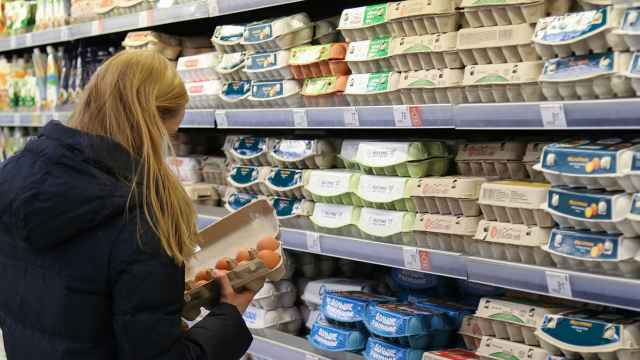Inflation in Russia has likely peaked, analysts at Renaissance Capital said in a note on Tuesday, as the annualized preliminary January rate reached 9.9%.
Inflation in January remained in line with forecasts, with consumer prices rising 1.2% month-on-month and 9.9% year-on-year, according to state statistics agency Rosstat.
The figures matched both consensus estimates and Rencap’s expectations. The primary driver of price growth was the services sector, which saw an average price increase of 2.1% m/m.
“We expect inflation (y/y price growth) to peak in March-April, after which its normalization will provide the Bank of Russia with the opportunity to begin an interest rate-cutting cycle. We maintain our view that the peak of the key rate has already been reached, expecting rate cuts to begin in June, bringing it down to 16% by the end of the year,” Rencap said in a note.
The Russian Central Bank said this week that the economy is already showing signs of cooling after the regulator adopted non-monetary policy methods to slow price growth. In particular, both corporate and retail lending has slowed dramatically in the last two months, which will reduce inflationary pressures but will also slow growth this year.
In 2024, state spending fed a rapid rise in borrowing (up 17.9%) despite high interest rates. But both the corporate and consumer lending portfolio went down 0.5% in January in real terms, according to a Sberbank report.
Seasonally adjusted (SA) inflation slowed to 0.9%, down from 1.1% in November and December. Analysts estimate this reflects an annualized rate (SAAR) of 11.6%. Meanwhile, the core consumer price index, which excludes volatile and regulated components, remained stable at 1.1% m/m SA, unchanged on the previous month.
The Central Bank’s key interest rate currently stands at 21%, after the regulator left rates on hold again at its Feb. 14 monetary policy meeting. The Central Bank has been hiking rates aggressively since the second quarter of 2023 as inflation soared, but appears to have reached the end of its tightening cycle.
Rencap expects rate cuts to commence in June, bringing the rate down to 16% by year-end. However, following the Central Bank’s rate meeting on Feb. 14, some analysts note “the risk of a possible rate cut starting from July.”
With inflationary pressures showing signs of moderation, policymakers will be closely monitoring price trends in the coming months. February inflation figures, which are based on weekly data, are expected to provide further clarity on whether inflation has indeed peaked.
Spending remains high
The main cause of inflation is ongoing exceptional government spending, which rose again in January and is working against the Central Bank’s efforts to control inflation.
While rates were left on hold on Feb. 14, the Central Bank also unexpectedly raised its inflation forecast significantly to 7-8% from 4.5-5%, in acknowledgment of the lack of progress it is making to control price rises and increasing the likelihood Russia could face stagflation, a dangerous combination of low growth and high inflation. The culprit remains ongoing high government spending, says Alexandra Prokopenko, a political economy analyst, in a note for The Bell.
“Despite Putin’s order to bring inflation under control, the Russian government continues to stoke demand with high spending. This week the Finance Ministry said revenue was up 11.4% y/y in January to 2.6 trillion rubles ($28 billion) — but expenditure set a new record, jumping 73.6% to 4.37 trillion rubles ($48 billion). Government orders accounted for 1.5 trillion rubles, an increase of 242%,” said Prokopenko.
Despite the high spending, the budget outlook remains healthy. The budget deficit was 1.71 trillion rubles (0.8% of annual GDP) in January — a record for the month after the January 2023 deficit soared to an all-time high after EU oil sanctions were imposed.
This January’s result was due to advance orders and promises that spending would return to expected levels throughout the rest of the year, according to the Finance Ministry.
There was a similar picture in 2023 and 2024. Government spending in January 2023 exceeded 10% of the plan, while in 2024 a similar anomalous leap came in February, according to Prokopenko. “Each time, the Finance Ministry has said it was due to payments for advance orders — and in the last two years, the deficit level did indeed stabilize over the following months,” Prokopenko said.
Usually, the government’s spending in January goes on: the purchase of weapons and military hardware under state defense orders, financing the army, infrastructure contracts (primarily road-building), acquiring fuel for the “northern delivery” (government shipments of supplies to the far north) and preparing for agricultural work in the spring, according to The Bell.
January’s record-breaking expenditures essentially mean an easing in fiscal conditions, which is undermining the Central Bank’s efforts to slow inflation.
“To return to low inflation, it is necessary to maintain a strict monetary policy for an extended period and adhere to the approved budget parameters for 2025-2027,” the bank’s analysts wrote earlier this month.
MinFin is, on the one hand, trying to restrict spending to cool price growth, but at the same time following the Kremlin’s orders to boost the military effort with more arms. As a result, MinFin has been trying to weave its way between these two conflicting goals and making cuts where it can, but handing out cash to the defense sector. As early as 2023, MinFin wanted to return to the “budget rule”, which not only obliges the government to save oil and gas windfalls in the National Welfare Fund, but also limits budget spending, but was unable to thanks to the Kremlin’s military spending.
Having already hit the full year’s deficit target in the first month of the year of a 1.17 trillion ruble deficit, the Finance Ministry needs to keep spending at 3.37 trillion rubles a month over the rest of the year.
“That means the overall budget stimulus — expenditure minus income — would drop into negative territory within the first half of the year. In combination with a slowdown in lending, that should bring about a rapid cooling of the economy,” says Prokopenko.
The sticky high inflation is also distorting Russia’s growth numbers, says Prokopenko. In 2024, the Russian economy grew by a better-than-expected 4.1%. In nominal terms, GDP cleared 200 trillion rubles for the first time in history, Prime Minister Mikhail Mishustin reported to Putin earlier this month.
However, according to RosStat’s preliminary estimates, the GDP deflator index was 8.9% last year, which measures the price increase in all the products/services produced in the economy, as opposed to inflation, which measures price increases in a basket of consumed goods/services.
“This means that price rises contributed almost twice as much to nominal GDP growth as output increases. In other words, if you look at nominal GDP in isolation, you might mistakenly assume that the economy is growing healthily. However, in reality, growth is driven chiefly by inflation and not by any productivity gains,” says Prokopenko.
That means when the economy starts to slow and inflation starts to fall in the coming months, growth will crash as the inflationary boost to growth disappears.
The Central Bank expects a slowdown in growth to start in the coming months. The Central Bank's growth forecasts were also revised at the last monetary policy meeting. For 2025 it now expects 1-2% growth (up from the previous 0.5-1.5%), and for 2026 growth was pushed down to 0.5-1.5%, from 1-2% in its February macroeconomic forecast.
“If budget spending returns to normal, then the slowdown in borrowing and a weaker budget stimulus will help to tame inflation. But this will also lead to a slowing of economic growth, which the Kremlin sees as a symbol of Russia’s invulnerability in the face of Western sanctions,” says Prokopenko.
As talks between the U.S. and Russia began in Riyadh on Tuesday, an end to the conflict in Ukraine would have a large impact on Russia’s economic performance this year.
However, while the Finance Ministry could return to more disciplined budget spending, President Vladimir Putin is expected to keep military spending high for years after the war ends — partly to prevent a post-war economic hangover and keep demobilized soldiers employed, and partly as Russia will have to rebuild its military after dramatically running down its weapons stockpile.
This article first appeared in bne IntelliNews.
A Message from The Moscow Times:
Dear readers,
We are facing unprecedented challenges. Russia's Prosecutor General's Office has designated The Moscow Times as an "undesirable" organization, criminalizing our work and putting our staff at risk of prosecution. This follows our earlier unjust labeling as a "foreign agent."
These actions are direct attempts to silence independent journalism in Russia. The authorities claim our work "discredits the decisions of the Russian leadership." We see things differently: we strive to provide accurate, unbiased reporting on Russia.
We, the journalists of The Moscow Times, refuse to be silenced. But to continue our work, we need your help.
Your support, no matter how small, makes a world of difference. If you can, please support us monthly starting from just $2. It's quick to set up, and every contribution makes a significant impact.
By supporting The Moscow Times, you're defending open, independent journalism in the face of repression. Thank you for standing with us.
Remind me later.



